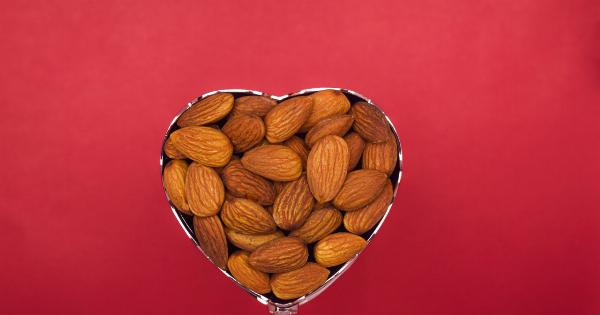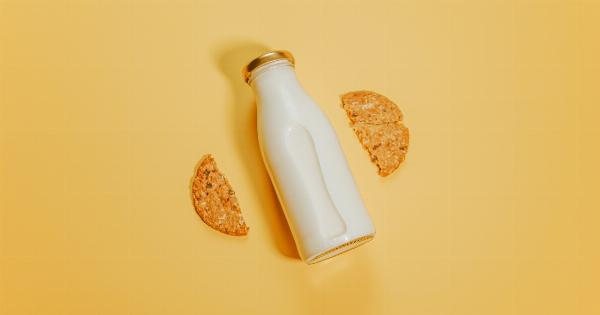Vaginal fibrillation is a common problem for many women, causing discomfort and pain during sexual intercourse. There are many causes of vaginal fibrillation, including alcohol consumption.
In this article, we will discuss how to reduce the risk of vaginal fibrillation with alcohol reduction.
The Link Between Alcohol and Vaginal Fibrillation
Alcohol is a known irritant to the vaginal area, and it can disrupt the natural balance of bacteria in the vagina. This can lead to infections, including yeast infections and bacterial vaginosis.
These infections can cause vaginal fibrillation as well as other symptoms like itching, burning, and discharge. In addition, alcohol can reduce blood flow to the vaginal area, making sexual intercourse uncomfortable and painful.
Reduce Alcohol Consumption
The simplest way to reduce the risk of vaginal fibrillation due to alcohol consumption is to reduce the amount of alcohol you consume. This doesn’t mean you need to give up alcohol completely, but you should limit your intake to a moderate level.
The Centers for Disease Control and Prevention (CDC) defines moderate drinking as up to one drink per day for women.
Choose Your Drinks Wisely
Not all alcoholic drinks are created equal when it comes to vaginal health. Some drinks, like beer and wine, contain yeast and other sugars that can contribute to vaginal yeast infections.
Other drinks, like flavored and sweetened cocktails, contain added sugars that can also disrupt the natural balance of bacteria in the vagina. When choosing alcoholic beverages, opt for those that are lower in sugar and yeast, like clear spirits mixed with water or seltzer.
Stay Hydrated
Alcohol is dehydrating, which can also contribute to vaginal fibrillation. Make sure to drink plenty of water throughout the day, especially when consuming alcohol.
This will help keep your vaginal tissues hydrated and reduce the risk of irritation and discomfort.
Practice Safe Sex
Alcohol can impair judgment and increase the risk of unsafe sex practices, including unprotected sex. This can lead to sexually transmitted infections, which can cause vaginal fibrillation and other symptoms.
Always practice safe sex by using condoms and getting regular STI testing.
Keep Your Vagina Clean and Dry
Alcohol can also disrupt the natural pH balance of the vagina, making it more susceptible to infection and discomfort. To reduce the risk of vaginal fibrillation, make sure to keep your vagina clean and dry.
Use mild soap and warm water to wash the outside of the vagina, and avoid using douches or other products that can disrupt the natural balance of bacteria.
Take Probiotics
Probiotics are beneficial bacteria that can help maintain the natural balance of bacteria in the vagina. They can be taken as supplements or found in foods like yogurt and kefir.
Adding probiotics to your diet can help reduce the risk of vaginal fibrillation by promoting the growth of healthy bacteria in the vagina.
See Your Doctor
If you are experiencing vaginal fibrillation or other symptoms like itching, burning, or discharge, it’s important to see your doctor.
They can help determine if alcohol consumption is contributing to your symptoms and provide appropriate treatment. They can also recommend lifestyle changes and other strategies to reduce the risk of vaginal fibrillation.
Conclusion
Vaginal fibrillation can be a frustrating and painful problem for many women.
But by reducing alcohol consumption, choosing your drinks wisely, staying hydrated, practicing safe sex, keeping your vagina clean and dry, taking probiotics, and seeing your doctor, you can reduce the risk of vaginal fibrillation and promote overall vaginal health.




























